Contrasting phytochrome responses in wild plants
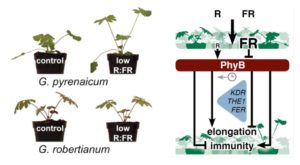 Shade avoidance syndrome (SAS) is a growth pattern in which stem and petiole elongation is stimulated in plants exposed to vegetative shade, as revealed through a low ratio of red to far-red light perceived by phytochrome; red light is absorbed by chlorophyll, leading to a far-red enrichment in light that passes through a leaf. The molecular mechanisms downstream of phytochrome have been elucidated largely in Arabidopsis. Gommers et al. set out to compare the SAS between two species of Geranium, one that grows in an open environment and the other that grows in the forest floor and does not display elongation growth in response to shade. Through a transcriptomic comparison of the two Geranium species, several differentially regulated genes were identified and then functionally demonstrated as novel regulators of SAS in Arabidopsis. The authors also showed differential phytochrome control of plant immunity genes between the two species. Plant Cell 10.1105/tpc.16.00790
Shade avoidance syndrome (SAS) is a growth pattern in which stem and petiole elongation is stimulated in plants exposed to vegetative shade, as revealed through a low ratio of red to far-red light perceived by phytochrome; red light is absorbed by chlorophyll, leading to a far-red enrichment in light that passes through a leaf. The molecular mechanisms downstream of phytochrome have been elucidated largely in Arabidopsis. Gommers et al. set out to compare the SAS between two species of Geranium, one that grows in an open environment and the other that grows in the forest floor and does not display elongation growth in response to shade. Through a transcriptomic comparison of the two Geranium species, several differentially regulated genes were identified and then functionally demonstrated as novel regulators of SAS in Arabidopsis. The authors also showed differential phytochrome control of plant immunity genes between the two species. Plant Cell 10.1105/tpc.16.00790


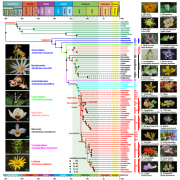
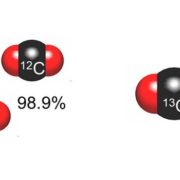
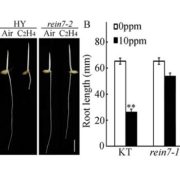
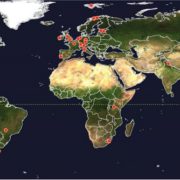
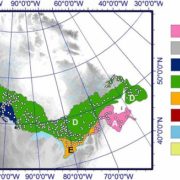
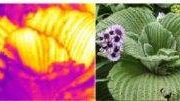
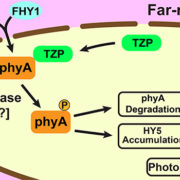
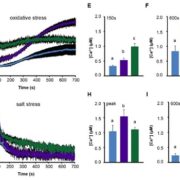


Leave a Reply
Want to join the discussion?Feel free to contribute!